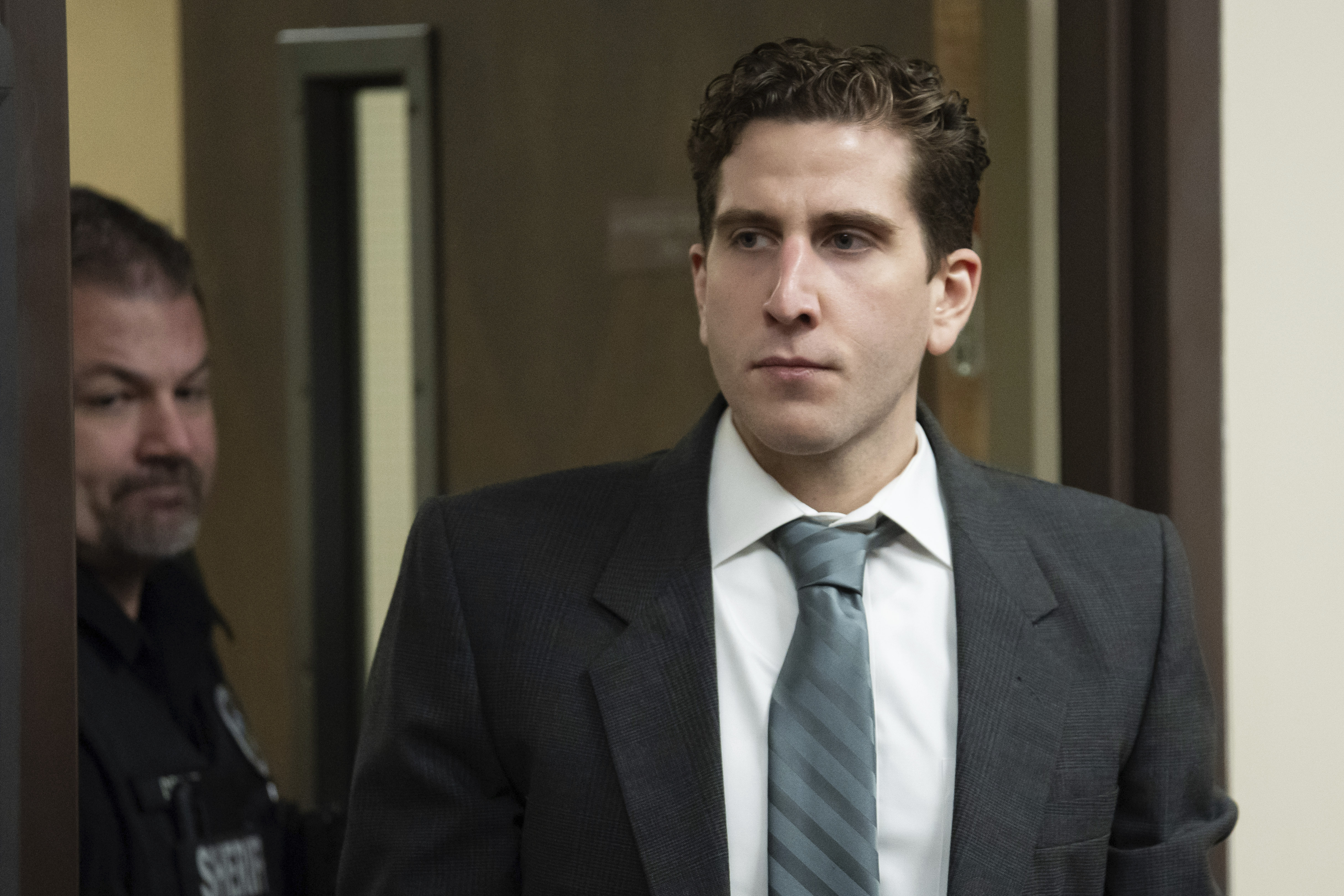John Livengood of Somerset, Pennsylvania enrolled in the Civilian Conservation Corps in 1940 when he was 18.
"I couldn't find a nickel to get an ice cream cone," the 92-year-old told the Daily American. "I never went to the movies — it cost 15 cents."
It was during the Great Depression. President Franklin D. Roosevelt established the Civilian Conservation Corps, a federally funded organization that put thousands of Americans to work on projects with environmental benefits. The CCC operated from 1933 to 1942. It ended because men were needed to fight in World War II.
Pennsylvania had more than 100 camps, second only to California. There were two camps in what is now Laurel Hill State Park and one camp in what is now Kooser State Park. The CCC boys, as they are still known, built the parks. A total of 194,500 Pennsylvanians served in the CCC. Nationally, the CCC built 3,470 fire towers, spent more than 4 million days fighting fires, planted 2.3 billion trees and built 97,000 miles of roads. The value of their work was estimated at $8 billion.
Mike Mumau, operations manager for the Laurel Hill State Park Complex, which consists of Laurel Hill, Laurel Ridge and Kooser state parks, said the parks would not be what they are today without the CCC boys.
"The value of their work is immeasurable," Mumau said. "At that point in time in history the CCC gave people hope. The boys laid the foundation of the state and national parks, which are the best in the world. They wouldn't be like they are now if it wouldn't have been for them."
Laurel Hill State Park will honor the CCC boys at a ceremony at noon July 6 in front of the CCC statue across from the visitor center. Fewer than a dozen CCC boys from Somerset County are living. It is the 80th anniversary of the CCC. Stone in the base of the statue came from one of the chimneys from a camp site that they built.
Local
Breaking news and the stories that matter to your neighborhood.
The CCC boys were paid $1 a day, Livengood said. But they didn't actually get all of that money — which was considered good pay in those days.
"You got $5 a month and your parents got $25," he said. "Out of that $5 you had to get your hair cut and buy your shaving cream, razor blades, toothbrush and tooth paste. If we had been paid more I would have gone to the movies."
He was in the CCC for six months, the maximum allowed. He primarily worked in the sawmill, cutting lumber for cabins, benches and tables. Much of what the men built 80 years ago still stands today. Several benches that they built are on the porch of the Laurel Hill State Park visitor center. Mumau said there are plans to restore the fire tower along Fire Tower Road so people will be able to climb it and see a presentation about the park.
Livengood donated a lot of artifacts to the park visitor center. They are part of the display in the center's museum, along with drawings, a working model train and his family's moonshine still. He frequently comes to the park. He thinks one of the nicest features in the park is Spruce Run Dam. His brother-in-law was one of the CCC boys who built the dam.
"I sure do like to visit, I enjoy it," he said. "I enjoy reading the comments that people write in the book in the visitor center."
It was difficult to get into the Army before World War II because so many men were looking for work, Livengood said.
"If you got into the CCC your prayers were answered," he said. "All you had to do was sign your name and you got a place to sleep, food, clothing, a job and you got paid."
After his service in the CCC Livengood enlisted in the Army and served in the South Pacific, obtaining the rank of sergeant.
"In all my dreams I never could have dreamed the park would be like it is today or that the people would still come here," Livengood said.



